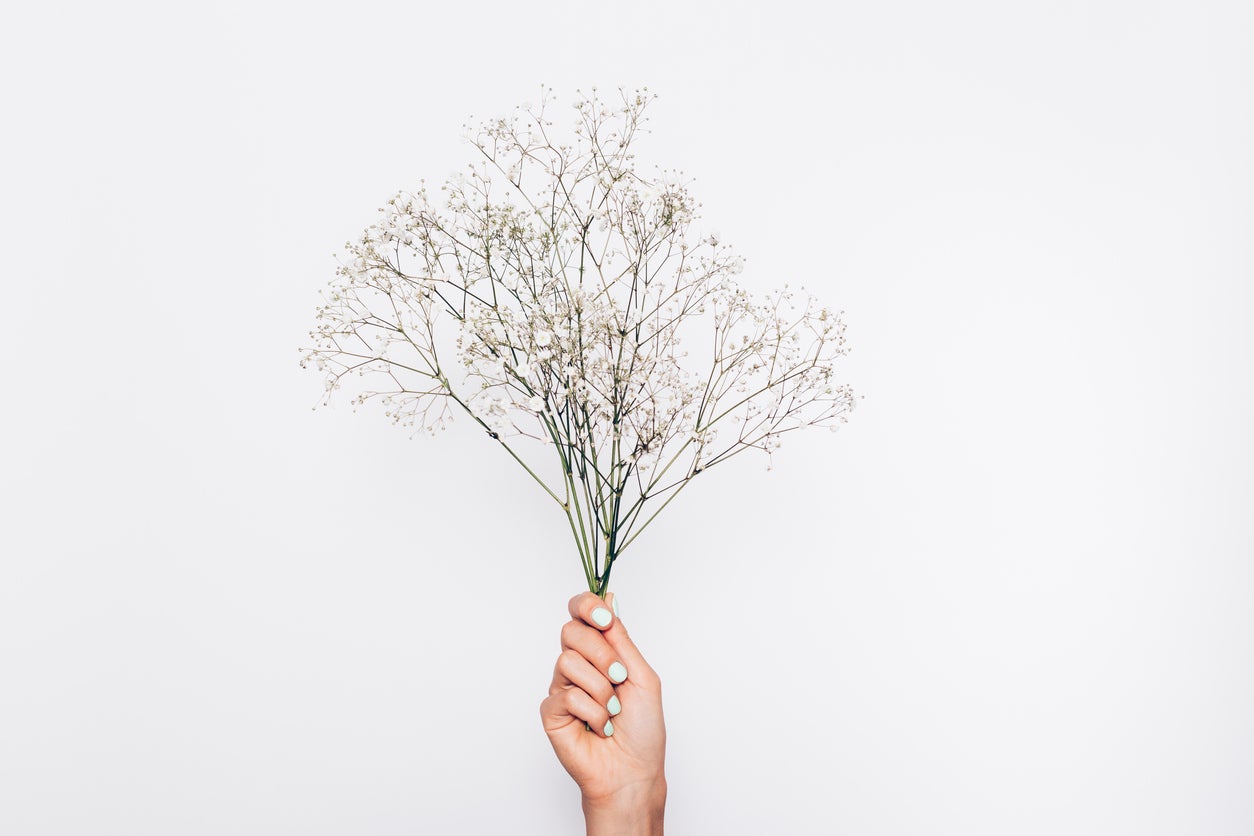Baby’s Breath Skin Irritation: Is Baby’s Breath Irritating When Handled

Most people are familiar with the tiny white sprays of baby’s breath used in floral arrangements either fresh or dried. These delicate clusters are also commonly found naturalized throughout much of the northern United States and Canada and are often identified as an invasive weed. Despite the innocuous look of these sweet soft blooms, baby’s breath harbors a little secret; it’s slightly poisonous.
Is Baby’s Breath Bad for Your Skin?
The previous statement may be a bit dramatic, but the fact is that baby’s breath can cause skin irritation. Baby’s breath (Gypsophila elegans) contains saponins that when ingested by animals may cause minor gastrointestinal upset. In the case of humans, the sap from baby’s breath can cause contact dermatitis, so yes, baby’s breath may be irritating to the skin and result in itching and/or a rash.
Baby’s breath may not only be irritating to the skin but, in some cases, the dried blooms can irritate the eyes, nose, and sinuses as well. This is most likely to occur in individuals that already have a pre-existing asthma-like problem.
Baby’s Breath Rash Treatment
Baby’s breath skin irritation is usually minor and short term. Rash treatment is simple. If you appear to be sensitive to baby’s breath, stop handling the plant and wash the affected area with a gentle soap and water as soon as possible. If the rash persists or becomes worse, contact your doctor or the Poison Control Center.
The answer to the question “is baby’s breath bad for your skin?” is yes, it may be. It just depends on how sensitive you are to the saponins. When handling the plant, it is always best to use gloves to avoid potential irritation.
Interestingly, baby’s breath is available as both a single and double bloom. The double flower varieties seem to result in fewer reactions than single flower varieties, so if you have the option, choose to plant or use double blooming baby’s breath plants.
Sign up for the Gardening Know How newsletter today and receive a free copy of our e-book "How to Grow Delicious Tomatoes".

Amy Grant has been gardening for 30 years and writing for 15. A professional chef and caterer, Amy's area of expertise is culinary gardening.
